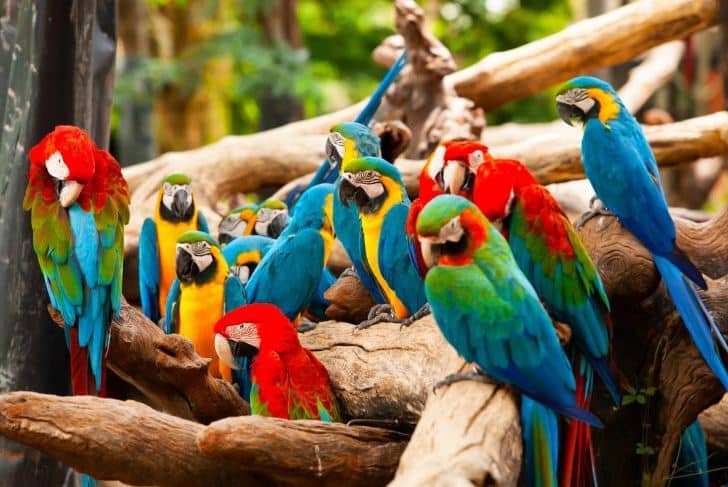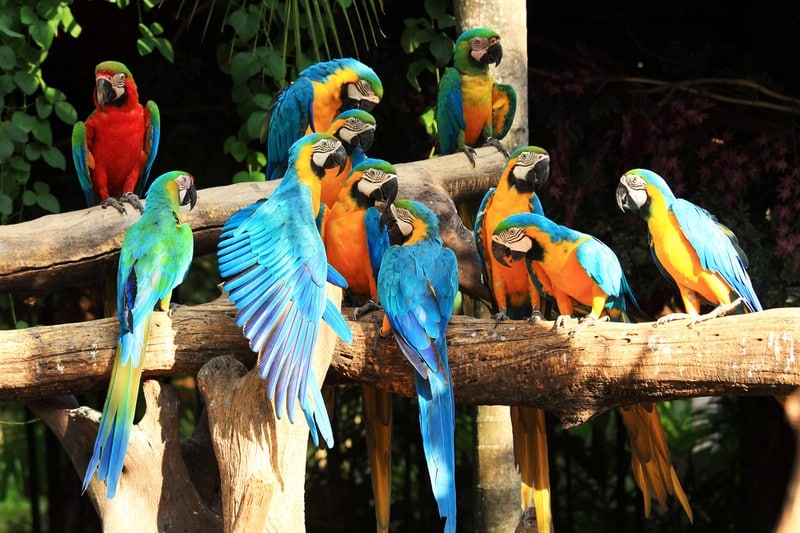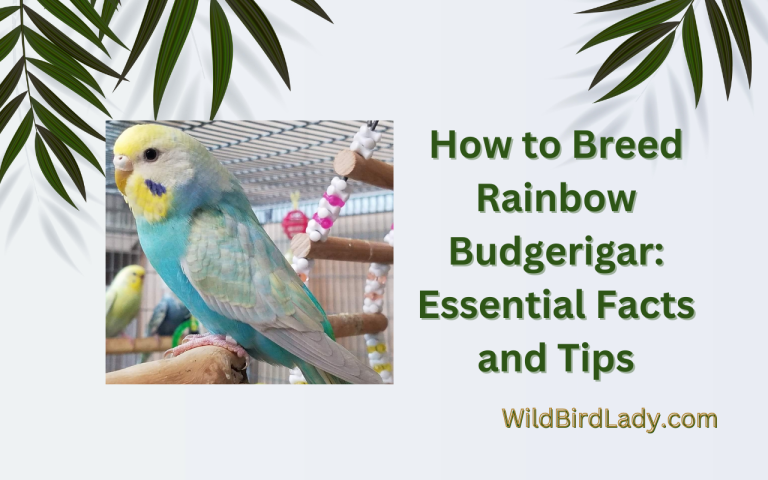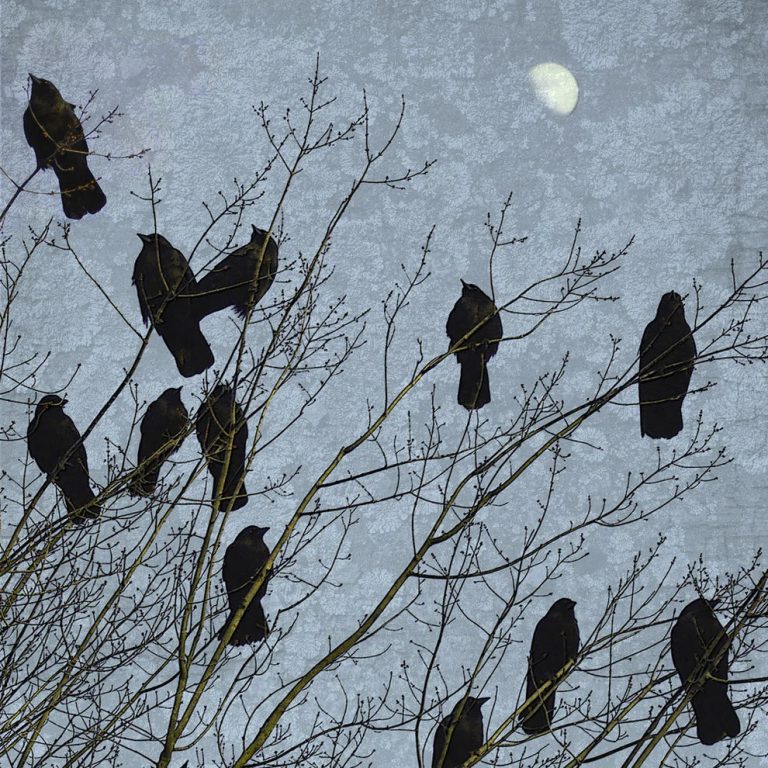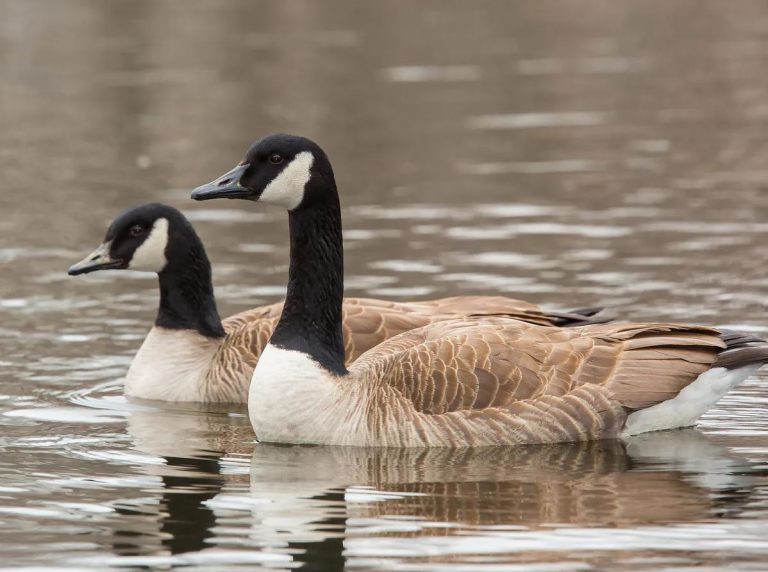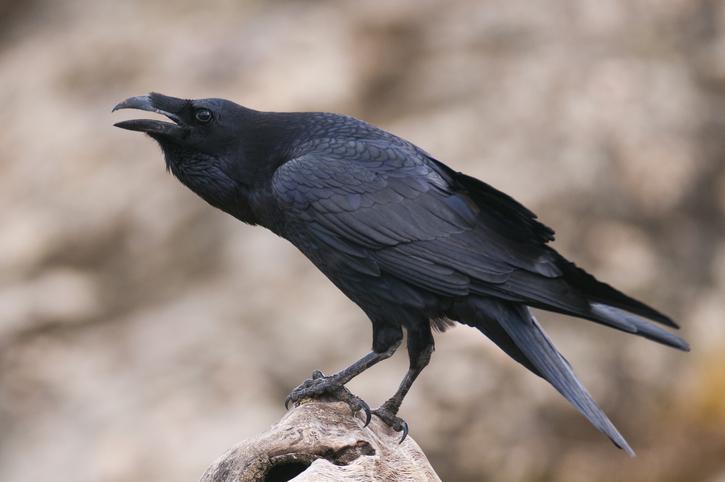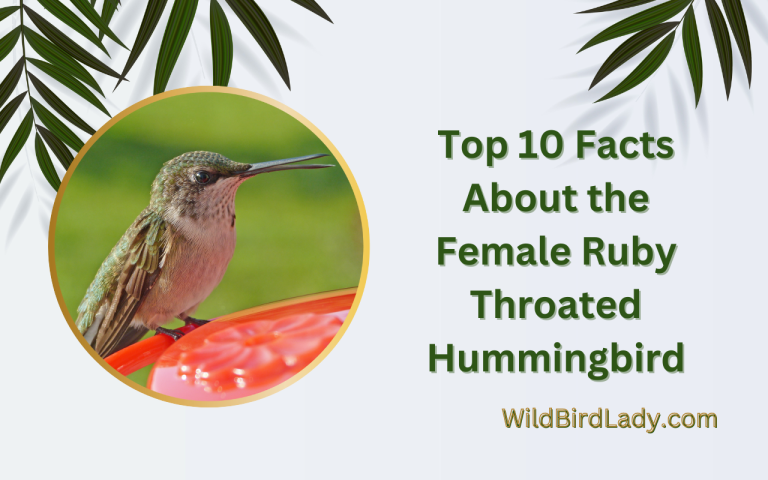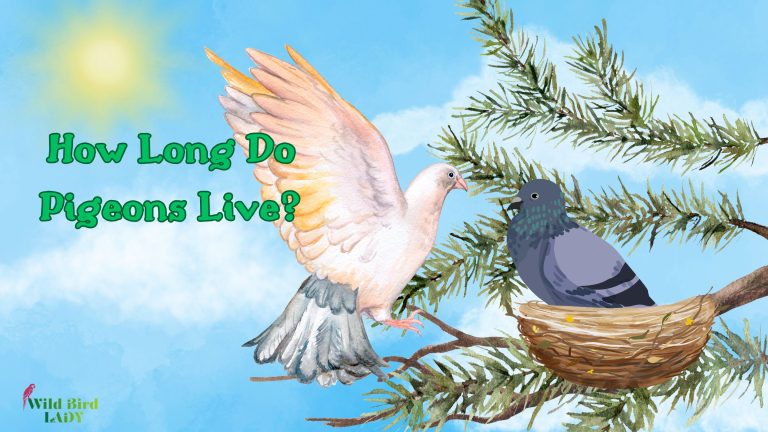What Is a Group of Parrots Called? Fun Facts About Parrot Social Life
Parrots are some of the most colorful, intelligent, and social birds on the planet. With their vibrant feathers, playful personalities, and ability to mimic human speech, parrots have captured the hearts of bird lovers worldwide. But have you ever wondered: What is a group of parrots called?
The answer may surprise you—and it opens the door to a fascinating look into parrot behavior, flock dynamics, and social structure. In this article, we’ll explore:
- The correct term for a group of parrots
- Why parrots gather in groups
- The unique social lives of parrots in the wild and in captivity
- Fun and surprising parrot group behaviors
- Common questions about parrot flocks
Let’s take flight into the colorful world of parrot society!
What Is a Group of Parrots Called?
A group of parrots is most commonly called a “pandemonium.”
Yes, you read that right!
The term “pandemonium” perfectly captures the noisy, energetic, and chaotic nature of parrots when they gather together. With their loud vocalizations, flapping wings, and social squawking, a group of parrots can feel like a flurry of delightful disorder.
Other Lesser-Known Collective Nouns for Parrots:
While “pandemonium” is the most popular and widely accepted term, here are a few other names that have been used:
- Flock – the generic term for any group of birds
- Company – sometimes used for domesticated or trained parrots
- Chatter – a fun, informal reference to their talkative nature
- Pitying – a more obscure and rarely used collective noun
But among bird enthusiasts, “pandemonium” is the fan-favorite.
Why Do Parrots Form Groups?
Parrots are inherently social animals. In the wild, they form flocks for several important reasons:
1. Safety in Numbers
Flocking helps parrots stay safe from predators like hawks, snakes, and big cats. A group of watchful eyes makes it easier to detect threats early. When danger approaches, the whole pandemonium can take off in a burst of motion and sound—confusing the predator.
2. Social Bonding
Parrots form tight social bonds within their groups. These bonds are reinforced by:
- Preening each other (called allopreening)
- Sharing food
- Playing together
- Vocalizing back and forth
3. Finding Food
Parrots often forage in groups, making it easier to locate fruiting trees, seeds, or water sources. In tropical environments, food can be seasonal, so working together benefits everyone.
4. Raising Young
In some parrot species, other members of the flock help care for the young, even if they’re not the biological parents. This cooperative breeding strengthens group cohesion and helps chicks survive.
How Many Parrots Are in a Pandemonium?
The size of a parrot group depends on the species and environment. Some examples:
- Budgerigars (Budgies) in Australia can gather in flocks of hundreds or even thousands.
- Macaws in the Amazon often travel in groups of 10–30 birds.
- Cockatoos in the wild may form smaller flocks of 5–20 individuals.
During roosting or migration, these numbers can swell dramatically.
Parrot Social Life: What Makes It So Fascinating?
Parrots are not just social—they’re emotionally complex and cognitively advanced.
1. They Form Lifelong Bonds
Many parrots mate for life. Even outside of breeding, bonded pairs remain close, preen each other, and show signs of affection.
2. They Can Get Jealous or Depressed
Parrots can become emotionally distressed if separated from their mate or human caregiver. In flocks, they often show preference for certain companions—just like humans do.
3. They Use “Contact Calls” to Check In
Parrots in the wild use unique calls to keep track of flock members. If one bird strays too far, it may call out—and the others will answer back.
This is one reason parrots in captivity often scream when left alone—they’re using contact calls to locate their “flock.”
4. They Learn From Each Other
Young parrots learn what to eat, where to go, and how to behave by watching older flock members. Social learning is a key part of parrot development.
Do Pet Parrots Miss Flock Life?
Yes—many pet parrots still retain their strong flocking instincts. When humans bring parrots into their homes, they become the parrot’s new “flock.” This creates a special bond—but also a big responsibility.
If a pet parrot is:
- Left alone for long periods
- Ignored or understimulated
- Without another bird companion
…they may develop behavioral issues like feather plucking, aggression, or excessive screaming.
That’s why enrichment, companionship, and mental stimulation are so critical for pet parrots.
Fun Facts About Parrot Groups
Here are some fascinating tidbits that make parrot social behavior even more exciting:
🦜 Parrots Name Each Other!
Some parrot species, like green-rumped parrotlets, are known to use specific sounds to refer to individual flock members—essentially giving each other names.
🦜 They Have Dialects
Wild parrot flocks from different regions often develop unique “dialects.” If a parrot switches flocks, it may learn the new group’s vocal patterns to fit in.
🦜 They Love Games
Young parrots in the wild have been observed playing games like hanging upside down, racing, or dropping leaves mid-flight just for fun.
🦜 Roosting Is a Social Event
At night, many parrot species gather in communal roosting sites. The trees can be filled with squawking, flapping, and social chatter before everyone settles in.
🦜 Pandemoniums Are Loud—for a Reason
The noise in a parrot group helps strengthen bonds and maintain contact. Each call conveys information about location, mood, or even alarm.
Where Can You See Parrot Pandemoniums in the Wild?
Here are a few famous spots where birdwatchers can witness large flocks of parrots:
- Tambopata, Peru – Hundreds of macaws gather at clay licks in the Amazon.
- Northern Australia – Budgerigar mega-flocks take to the skies in green waves.
- Sulphur-crested Cockatoos in Sydney – These intelligent birds thrive in urban environments, roosting in noisy groups.
- Costa Rica Rainforests – Parrots like scarlet macaws can be seen in pairs and small flocks flying over the jungle canopy.
What Happens When a Parrot Loses Its Flock?
In the wild, a parrot that becomes separated from its group may:
- Call out repeatedly to reestablish contact
- Attempt to join another flock
- Become vulnerable to predators
In captivity, a “flock-less” parrot may show signs of loneliness, fear, or depression—which underscores how deeply rooted their social needs are.
FAQs About Parrot Flocks and Pandemoniums
❓ Why is a group of parrots called a “pandemonium”?
Because of their loud, chaotic, and energetic behavior when gathered. The term playfully reflects the vibrant chaos parrots create together.
❓ Do all parrot species live in groups?
Most do, especially in the wild. Some smaller species form massive flocks, while others stay in pairs or small family groups.
❓ Can parrots recognize individuals in their group?
Yes! Parrots can recognize and remember specific individuals, not only by sight but also by voice or scent in some cases.
❓ Are parrots happier with other birds?
Generally, yes. In captivity, parrots thrive when they have a companion (either another parrot or a very involved human) to interact with daily.
❓ Do parrots ever fight in their flocks?
Occasionally. Like humans, they may disagree over food, space, or social hierarchy—but most flocks have systems for avoiding serious conflict.
Final Thoughts: Celebrate the Chaos of the Pandemonium
So, what is a group of parrots called? A pandemonium, of course!
And how fitting that is. These intelligent, loud, beautiful birds thrive in social settings where they can communicate, bond, and live in colorful chaos. Whether flying through tropical rainforests or perched on your shoulder, parrots remind us of the power of connection and community.
If you’re lucky enough to spot a wild parrot flock—or share your home with one—you’ve joined a centuries-old story of vibrant avian society. And now, you can impress your friends by saying:
“Look! A pandemonium of parrots!”
🐦 Want More Fun Bird Facts?
Check out our latest articles on parrot care, bird behavior, and how to attract colorful species to your backyard at WildBirdLady.com!

